Gelatin silver developing-out paper (DOP) was invented in 1873 by the Englishman Peter Mawdsley. It was the first photographic process that submerged exposed paper into chemicals, rather than using light, as the chief agent in developing an image. Due to its stability and ease of use, developing-out paper became the photographic process of choice by 1895 and dominated the twentieth century in terms of amateur and professional black-and-white photographic prints.
DOP was typically manufactured and purchased, rather than made by hand, and came in a variety of choices based on tonal and surface characteristics. Because these papers were much more light sensitive than any other paper of the time, photographers had to to adjust their practices to the increased sensitivity.
Developing-out papers are extremely light sensitive and must be handled in either total darkness or under dim light of a specific wavelength. The paper is made of potassium bromide and silver nitrate, which is combined with a binder, gelatin, to form an emulsion. That emulsion is used to coat a fiber- or resin-coated paper base. (Resin-coated paper was introduced by Kodak in the 1960s.) A latent image is formed either by contact printing (pressing a negative or object directly to the paper’s surface and exposing it to light) or by projecting a negative with an enlarger onto the paper. Due to their extremely sensitive emulsions, DOP prints require just a few seconds for ample exposure.
To process the image, the exposed paper is first developed in a standard black-and-white developer. Development comes to a halt when the print is placed in an acid stop bath, usually acetic acid. The print is then placed in a fixer bath of sodium thiosulfate, or hypo. Finally, the print is washed in running water to remove all residual chemicals.
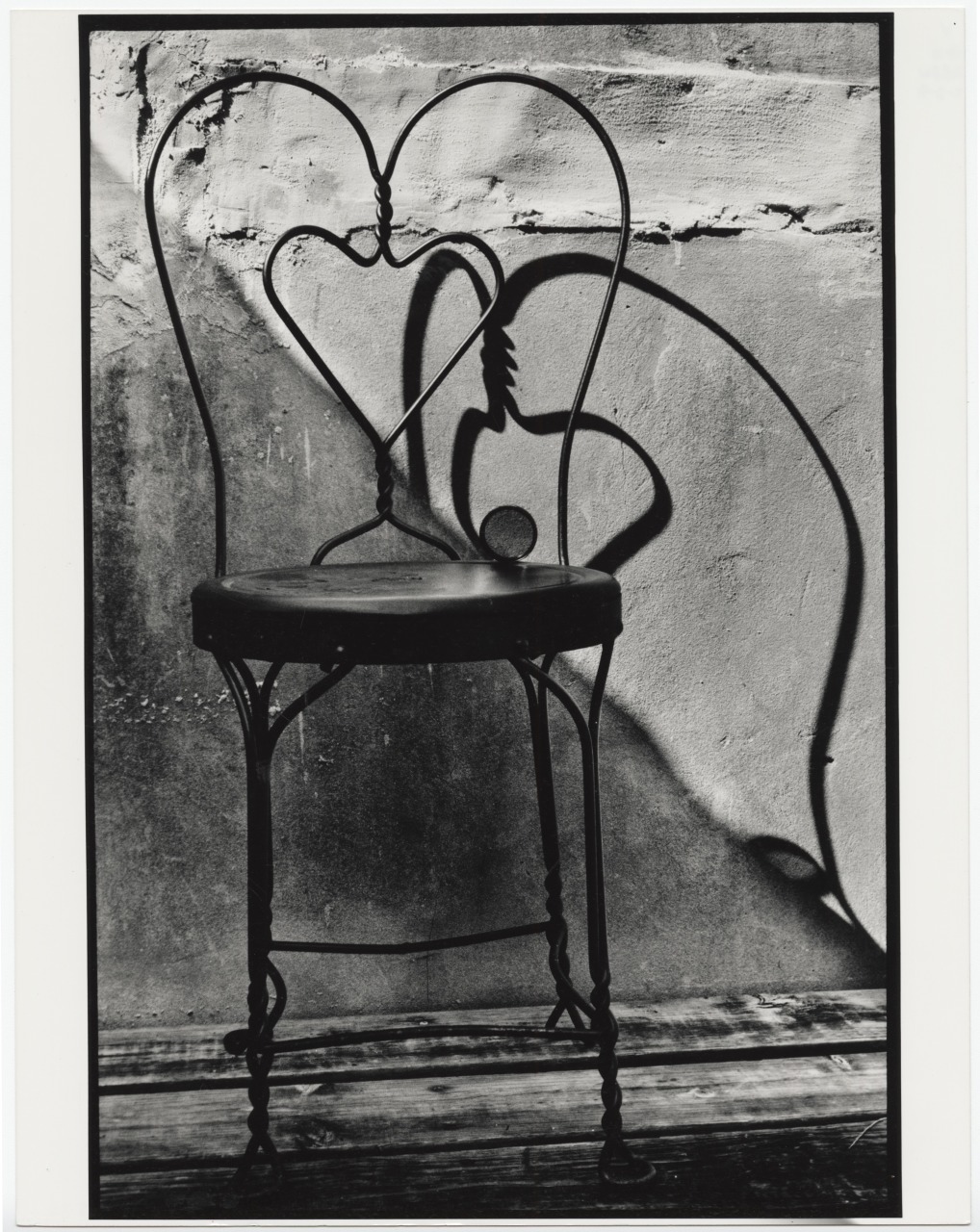
“Untitled.” 1991. New Orleans, Louisiana
gelatin silver print on resin-coated paper; 1991
by Randell Brent Vidrine
The Historic New Orleans Collection, gift of Randell B. Vidrine, 1997.29.336
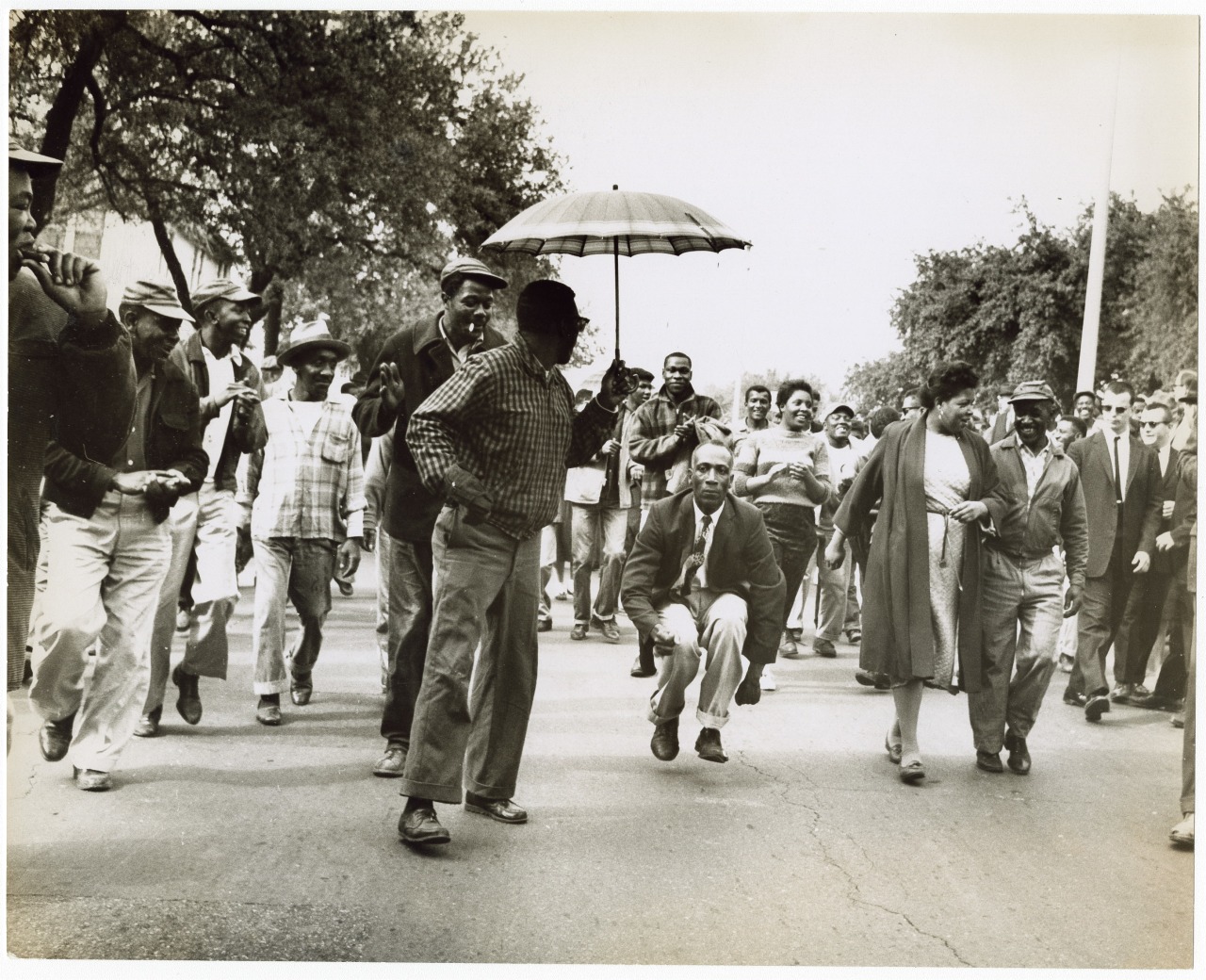
Jazz funeral for Alphonse Picou
Gelatin silver print; February 1961
by Norman Thomas
The Historic New Orleans Collection, 1998.107.5
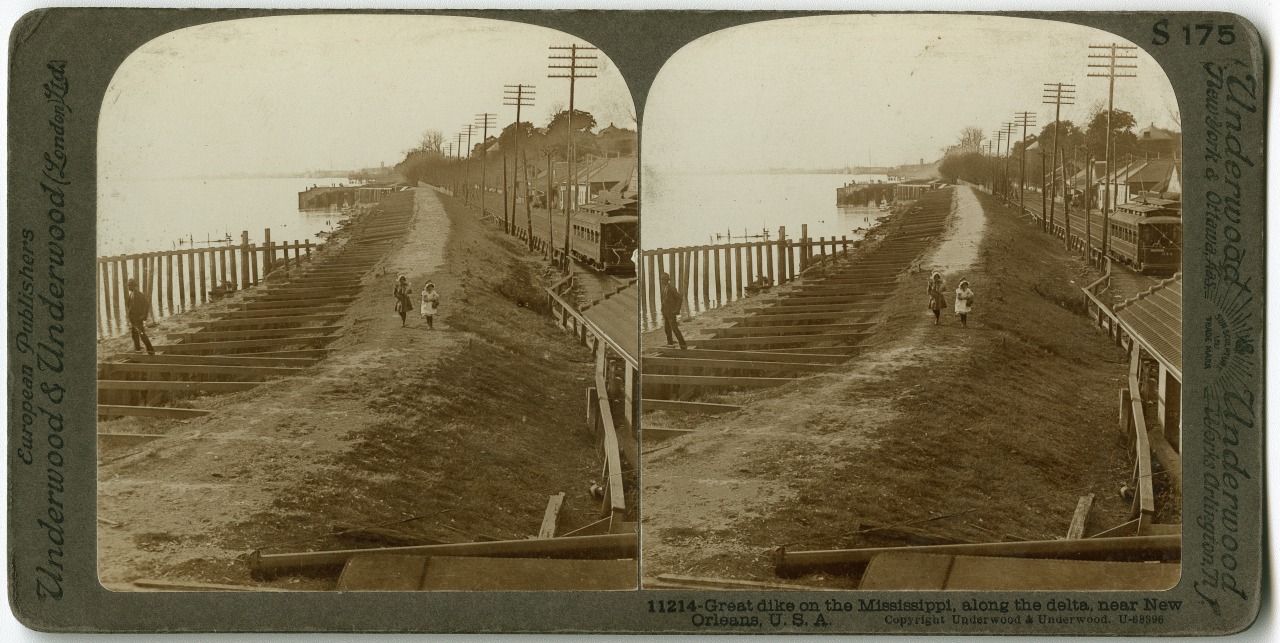
Great dike on the Mississippi, along the delta, near New Orleans, U.S.A.
gelatin printing out paper; between 1901 and 1905
by Underwood and Underwood
The Historic New Orleans Collection, 2009.0089.6
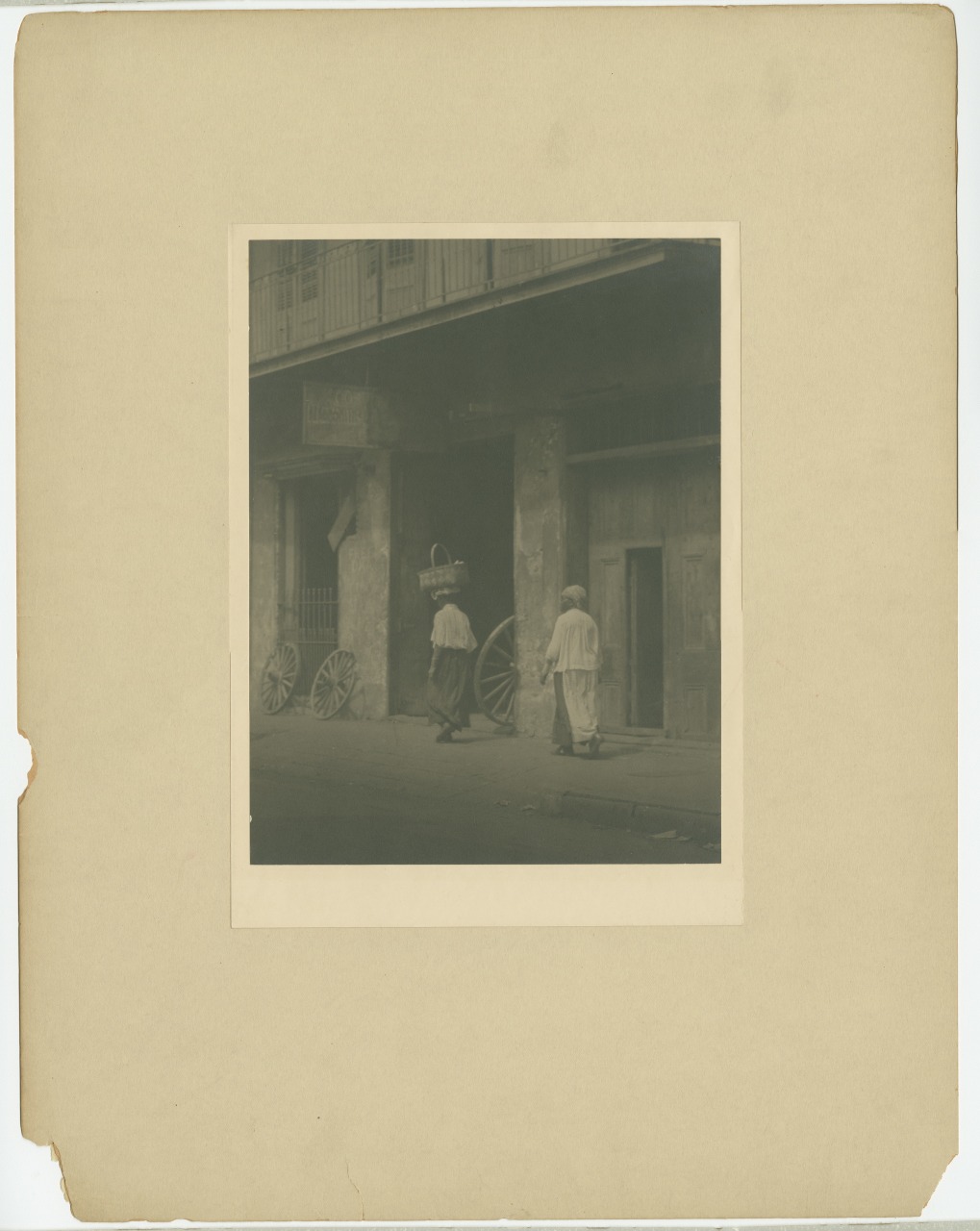
New Orleans, way to market
gelatin silver print; ca. 1926
by Arnold Genthe
The Historic New Orleans Collection, 1978.39.2
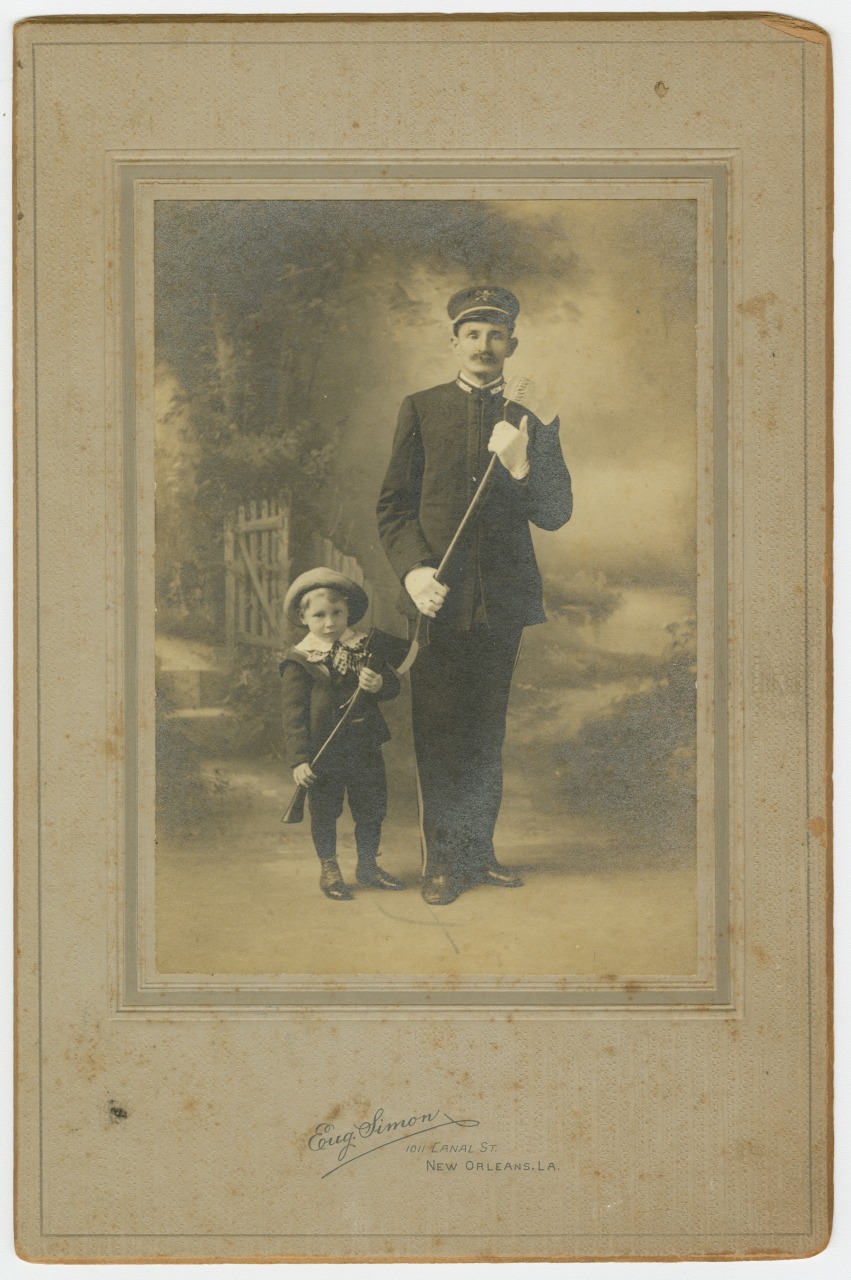
Fireman and boy
gelatin silver print; ca. 1911
by Eugene Simon
The Historic New Orleans Collection, 1989.124.6
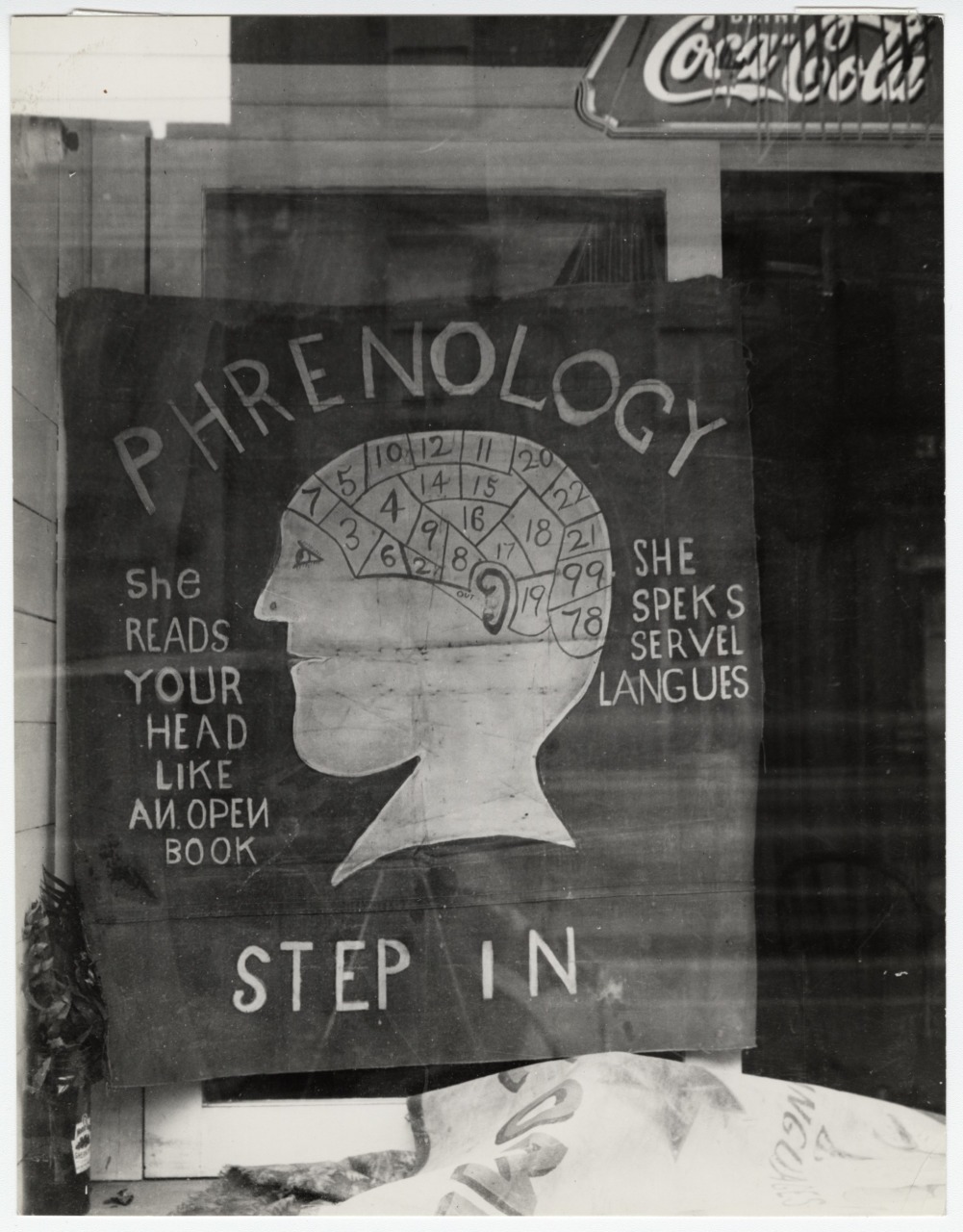
Phrenology
gelatin silver print; ca. 1939
by Peter Sekaer
The Historic New Orleans Collection, 1981.311.5

Joseph Woodson “Pops” Whitesell
Gelatin silver print with hand coloring; ca. 1952
by C. Bennette Moore Studio
The Historic New Orleans Collection, 2011.0220.1.2
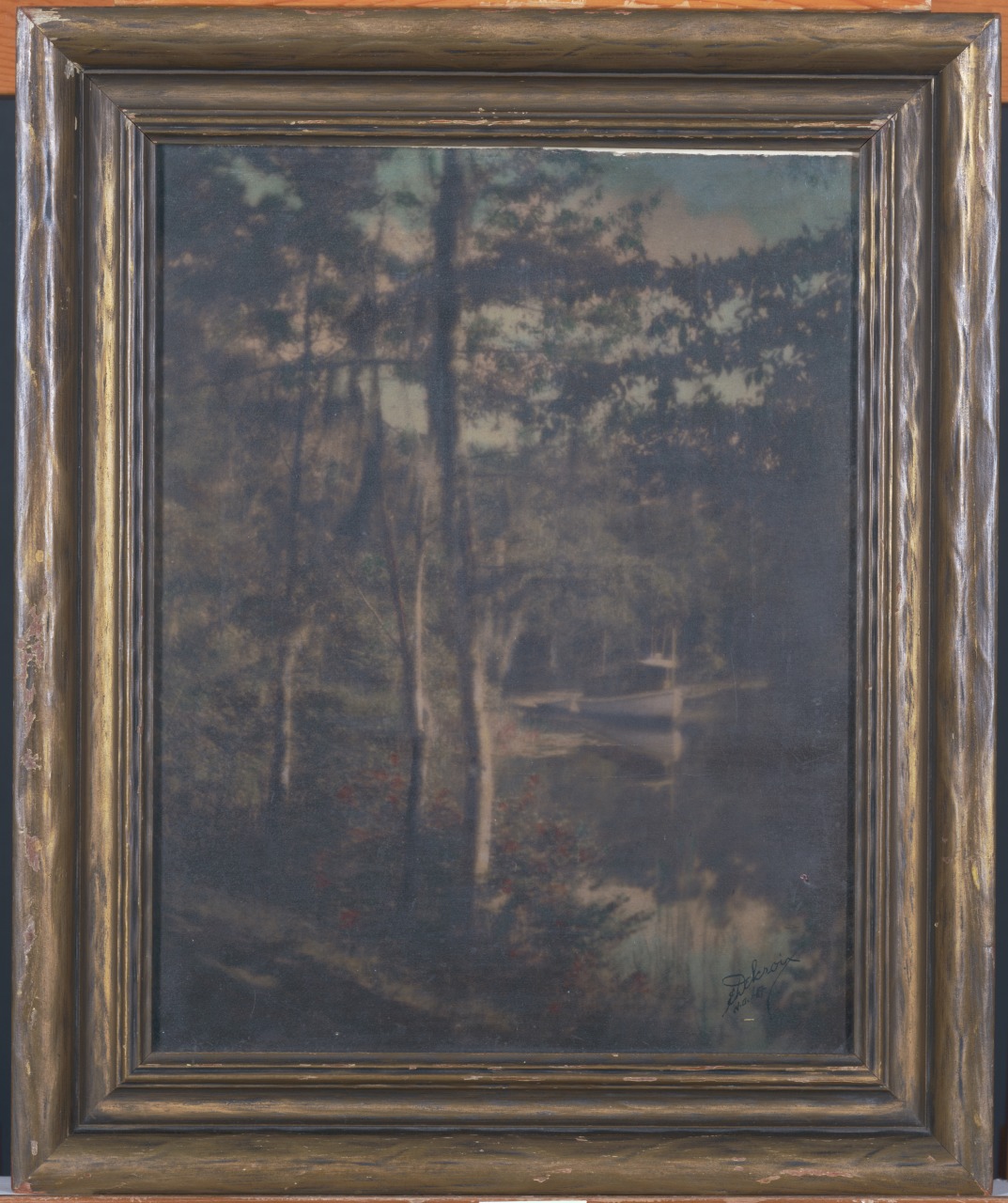
Swamp Scene with a boat
gelatin silver print with hand coloring; 1930s
by Eugene A. Delcroix
The Historic New Orleans Collection, gift of Carolyn G. McCall, 2011.0285
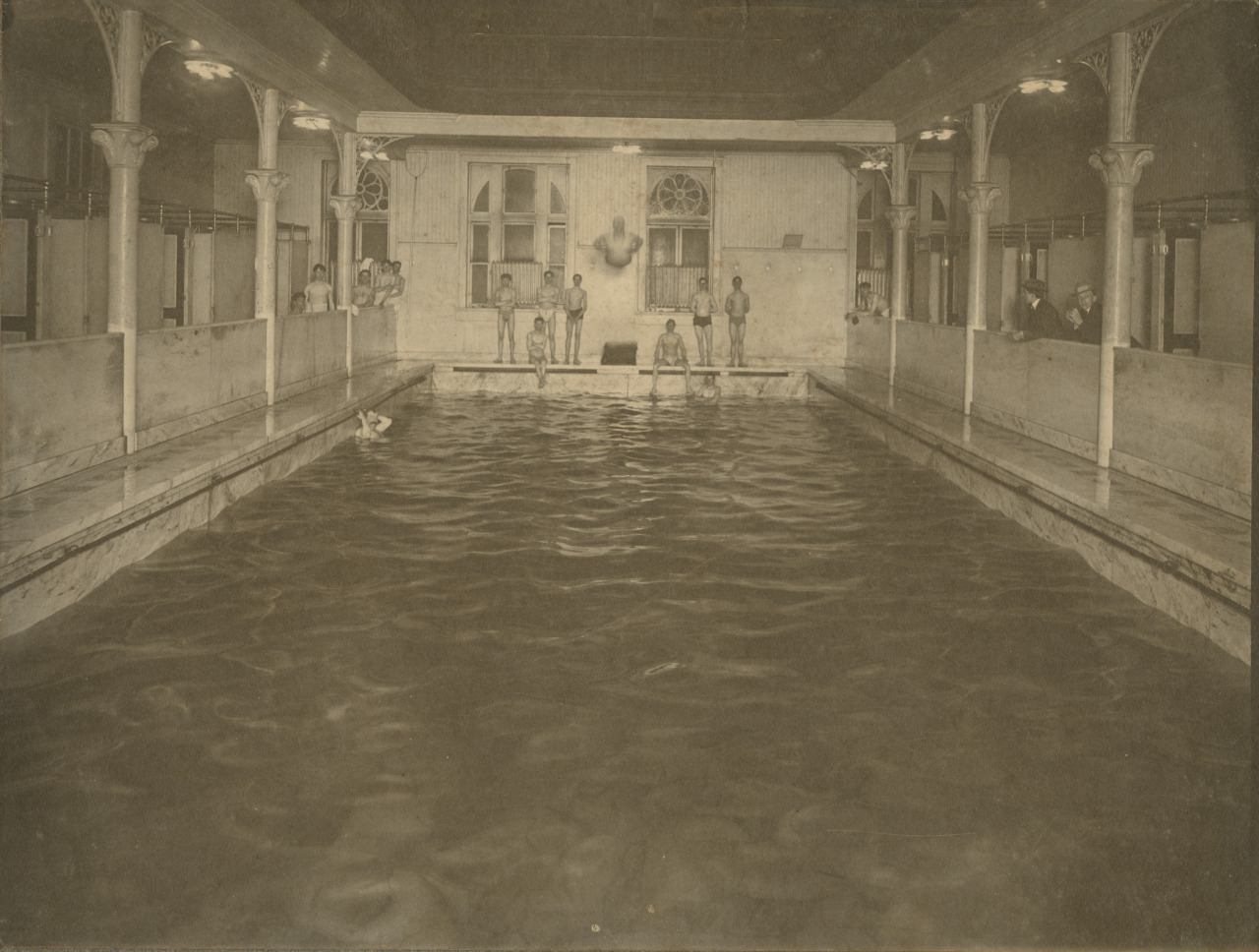
Young Men’s Gymnastic Club natatorium
gelatin silver print; ca. 1900
by an unknown photographer
The Historic New Orleans Collection, 1988.19.13
